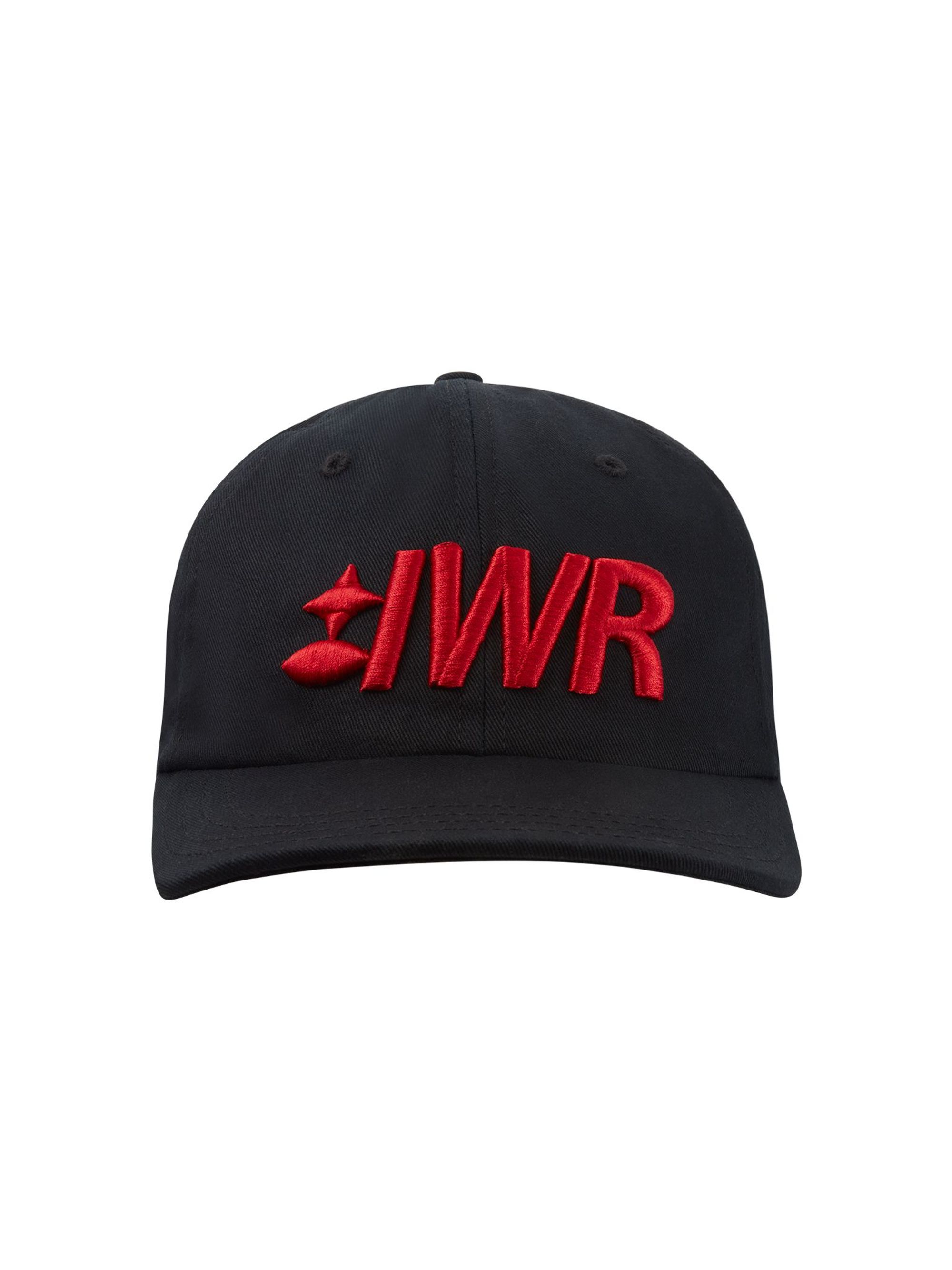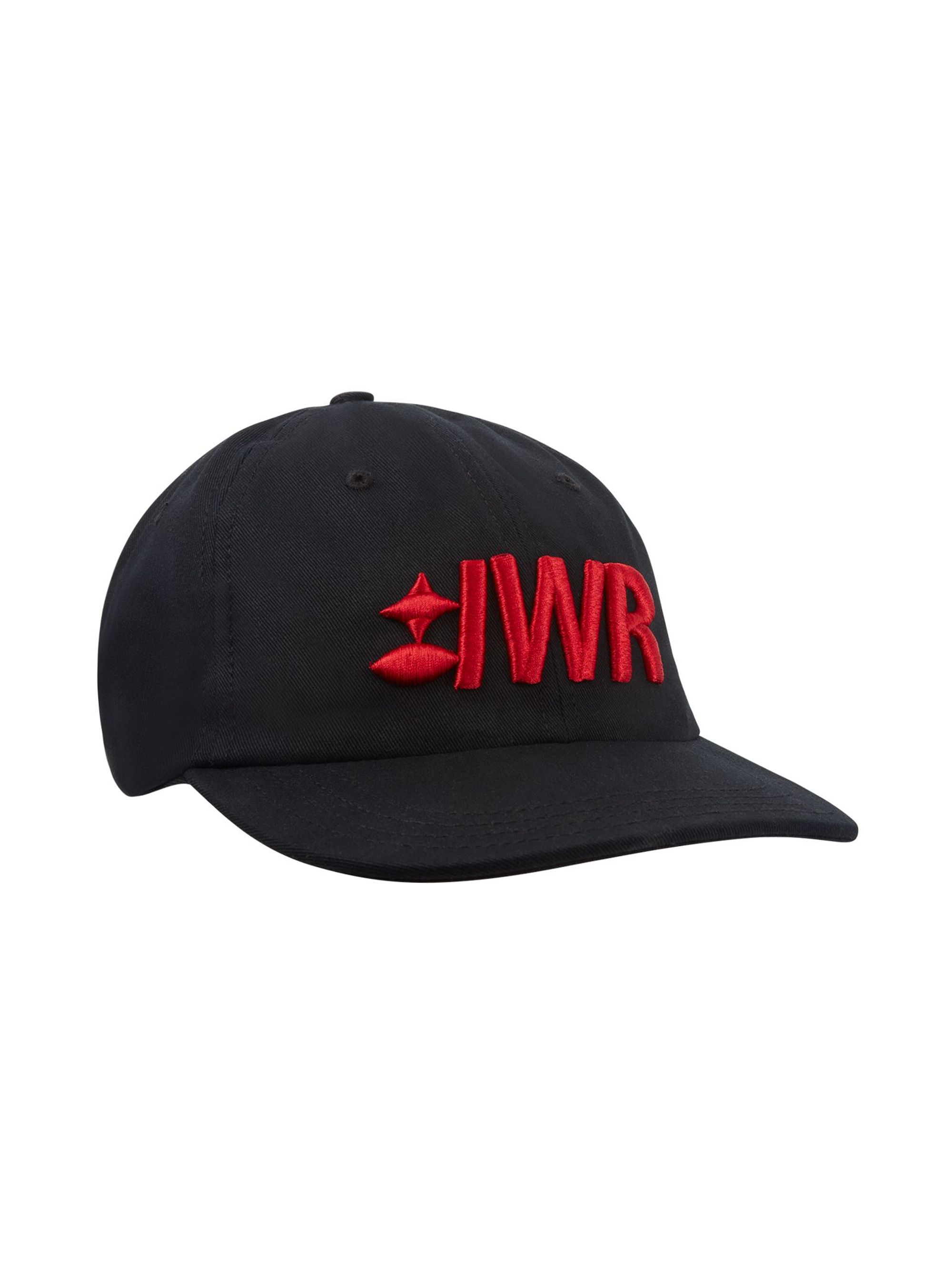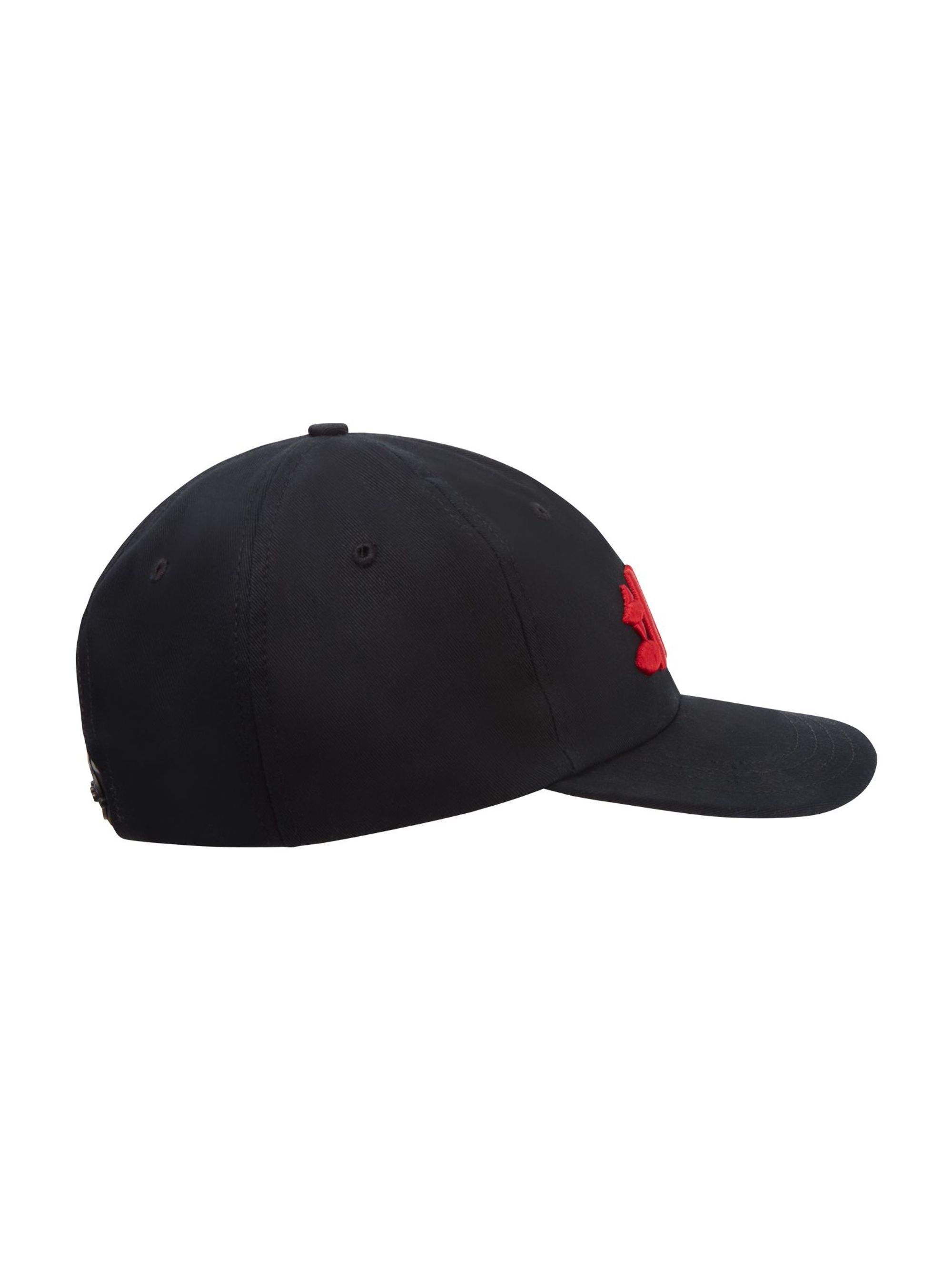INTENTIONS
We wanted to produce a hat as close as possible to our vision: a baseball cap with the IWR brand that was 1) as fully made in America by Americans as possible, 2) reproducible, and 3) available to you at a reachable cost.
We began our investigation by cataloging U.S.-based hat manufacturers and their production constraints on variants of the classic hat: the flexfit, the strapback, the snapback. Not every hat requires the same materials, and this proved a sticking point: not all materials in a modern baseball cap can be fully made in America.
“Made in America,” and its false cognate, “Designed in California,” has been abused by everyone: the technocrats and the Republicans, the Trumpsters, Dov Charney, Steve Jobs, and Barack Obama. It doesn’t help that the Federal Trade Commission guidance defining and regulating the term is so vague it is virtually unenforceable. In a period marked by a steep decline in physical economic output, Americans have resorted to claiming design and intellectual property as cultural exports.
Like any other brand, “Made in America” has become detached from its original meaning and is now almost purely symbolic. Products purporting to be “Made in America” may in fact be assembled in America, designed in America, conceived in America, all of the above, or none. You must read the fine print attached to anything “Made in America” to understand what it truly represents.
PRODUCTION
Today, it is nearly impossible to operate a mass production process that allows a manufacturer to claim that their product has been fully manufactured in the U.S.A. with 100% American materials, machines, and labor.
Our Mostly Made in America Cap, manufactured by Unionwear in Newark, New Jersey, is fully assembled in America by American unionized labor represented by Workers United, Local 155, with many parts manufactured in the United States with American materials. Some remaining parts are produced overseas. The melting pot of assembled items and American determination to do the best we can given practical constraints is a purer reflection of America than forcing purity on America.
HAT HISTORY
The game of baseball grew up with America. Rounders, an Anglo-import first played in the United States during the colonial period, evolved into the game of baseball, which surged in popularity after the Civil War. This game, featuring its emblematic baseball cap, has been the national pastime since before we were a nation.
To make a classic baseball hat, circularly arranged fabric panels are unified under a top button, stitched into a dome, and affixed to a brim, usually a piece of flexible material sandwiched between multiple layers of fabric. A circle is turned into a sphere, shaped to match the crown of the head. A typical one-size-fits-all hat is no bigger than 23 inches in circumference. To accommodate multiple head sizes with a single product, various hat sizing innovations have been created: the snapback, the strapback, and the flexfit.
With each sizing mechanism came a different style, each associated with different subcultures attached to sports, music, teams, and trades. Different hats took on different applications, all united under the ability to shield the sun, promote an endeavor, and hide hair (or the lack thereof).
Pragmatism and projection. The baseball cap is the go-to “merch" for every team, company, and cause.
AESTHETIC
Individuality can be expressed through the crown or the brim of a hat. The shape of the crown selected, either high and structured like a Stetson, or looser, like a newscap, can tell a story about the status of the head wearing it. More structured hats evoke a professional or military quality. More casual hats call back to the first baseball caps, which were designed with soft brims and flexible wool fabric, ready to be folded into the back pocket after a pick-up game. Much like a cowboy hat shaped under steam, many flat-billed caps are intended to be shaped to the specific curve desired by their wearer, which is accomplished by bending the bill. And, of course, nothing screams “FU” like wearing a cap backwards, extending the silhouette of the wearer to resemble a mohawk or mullet.
DISCUSSION
The baseball cap’s ability to be tailored to an individual’s aesthetic makes it uniquely American in more ways than one. In many public spheres, personal branding has replaced personhood. Why are we all “branded” by our style choices? Who owns our “brands?” Why do we feel the need to represent a team wherever we go? Sometimes, we have no connection to the propaganda we purport to believe in, even when it is on our head. Someone, somewhere, thrifted an Enron company cap and wears it suggestively.
The depersonalizing effects of branding, elevated to extreme levels in the digital era of mass reproduction, mirror America’s gradual surrender of local mass manufacturing. When Marcel Duchamp produced Fountain in 1917, he foretold the future of manufacturing in America. He predicted that we would eventually white-label everything. The value of making an object would pale in comparison to the worth of the idea attached to it.
This idea is worth $60. Will you buy this Mostly Made in America Cap?



